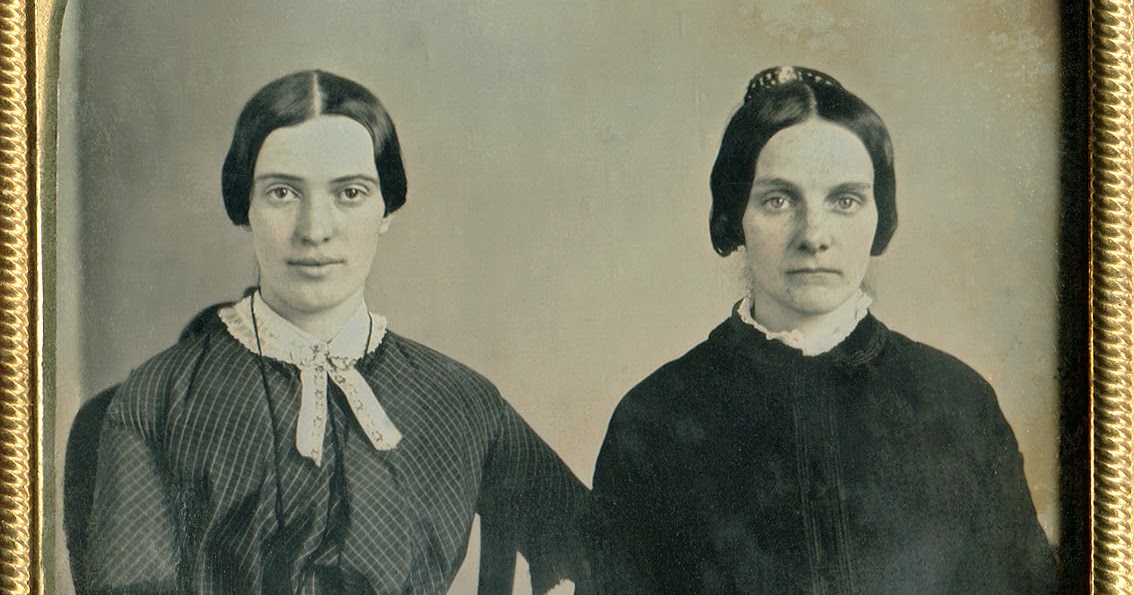Summary of My Findings:
After reading, rereading, researching, and attentively annotating Emily Dickinson’s “Your Riches–taught me–Poverty”, I believe that I have developed a better understanding of the poem as a whole. After a lot of research, I think that up until recently, this poem has been wrongly interpreted. Take for example my notes on the copy of the poem that I was given in high school. I wrote out what I believed to be the major themes of the poem, and although they do stand to be true, they aren’t viewed in the context that they should be. I wrote out a feeling of loss, contrast of rich and poor, we want what we can’t have, etc., which while those are all valid claims they do not encompass the true meaning. I even wrote at the bottom after the last line, “the whole poem is a metaphor about the girl in her class”. People have been ignoring the fact that the poem is not really a poem at all, but it is a letter from Emily to Susan.
After coming to this understanding, the poem is much better understood. Emily first sent the letter to Susan in autumn of 1862 with the note “Dear Sue — You see I remember — Emily” attached. Clearly, the letter is meant specifically for Sue and it is about Sue and Emily’s childhood. Emily uses this poem to talk freely about the importance Sue has in her life and she traces the reason they are not together not back to Susan’s marriage with Austin, but to Emily’s mistake in letting Sue slip through her fingers so many years ago. Emily didn’t realize what she could have had until the opportunity was gone. Throughout the poem, Dickinson repeatedly references exotic places and uses them to compare to Sue’s wealth and value. She mentions Peru, which was famous for silver at the time; India, which was famous for silk and spices; and Golconda, which was a source of magnificent diamonds. She uses this places of material wealth to show the vast power of wealth that Sue possesses. Dickinson goes on to use diamonds and gems to present Sue as a commodity that she herself is trying to acquire, but has lost. The references to diamonds and gems changes the focus of the poem from viewing Sue as a commodity to highlighting the distance between them. With Dickinson bringing in the description of a “Jew” she is now highlighting that she is not even capable of fully understanding Sue. Jews were typically diamond miners at this time, and for Dickinson to not even be able to mine for diamonds, she has no knowledge of the diamonds, or Sue.
As the poem progresses her longing for a time when she and Sue were just girls in school so she could go back to “mining” for her becomes more clear. In the sixth stanza, Dickinson says “I’m sure it is Golconda — Beyond my power to dream”, showing that she wishes she could have the power to even have a dream of having Sue, but she knows that she is claimed as she has married Austin. This may come across as hopelessness, but in fact it is just the opposite. This poem serves as a declaration of the full extent of Emily’s love for Sue and it serves as an acceptance of Sue’s choices and even places blame on herself – there is no anger, just longing. This concept is fully encompassed with the idea in the seventh stanza that says “At least, it solaces to know/That there exists — a Gold –”. Dickinson is saying that at least now she knows that such a gold exists, even though she is just now figuring out exactly how valuable that gold is.
The final aspect of this poem that I learned about through my research and annotation is the somewhat hidden religious references in the poem. The first example of this was mentioned in my annotations and it was the reference to Sue as the “Pearl/ that slipped my simple fingers through –”. This pearl is drawn from a parable in the Book of Matthew about the value of the Kingdom of God. The second religious reference that I saw was the capitalization of You in the line “I’m sure ‘tis India — all Day –/To those who look on You”. I know that Dickinson capitalizes many words, but I think that this instance was with clear intentions. The word “You” is replacing the name “Sue”, so capitalizing this name is similar to the capitalization of “He” when referencing “God”.
The final point I want to make for my summary is that I believe that the reason that the greeting to Sue was taken out in most of the published versions not simply because Dickinson took it out when she put it in Fascicle 14. I think Dickinson took out the greeting, and publishers following her, because adding the name makes the poem really personal and allows for less interpretation for readers in regards to applying the poem to their own lives. For this assignment, I was able to combine my own thoughts with the reasoning behind why Dickinson was saying all of these things to Sue, but when a poem is normally read people tend to search for a meaning that applies to them and a name would not allow for this.
